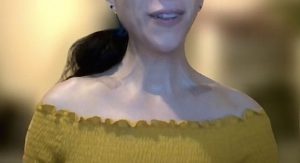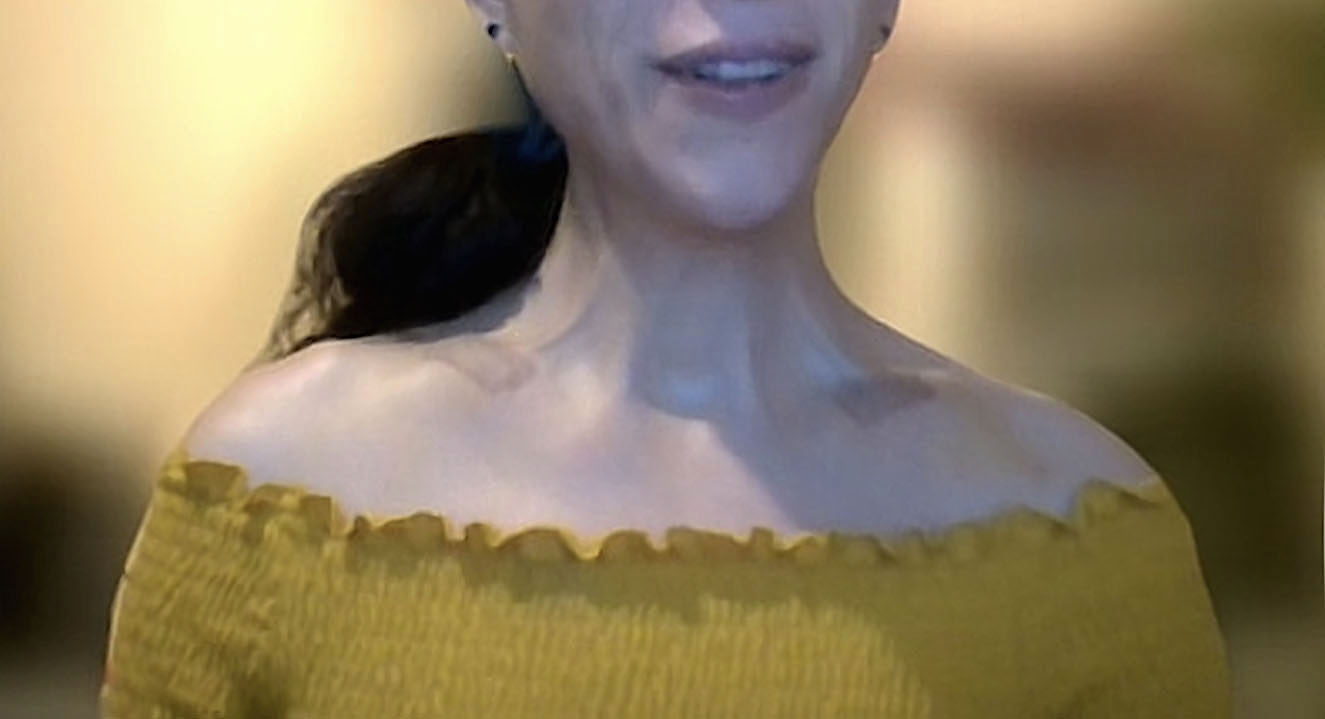Shoulder narrowing surgery by clavicle reduction osteotomies is a very effective surgery but comes with its own unique recovery process. Unlike the seemingly similar procedure of clavicle fracture repair (which it is not) which involves early mobilization and physical therapy, clavicle reduction osteotomies do not. Since there has been no trauma to the distal end of the clavicles or the soft tissues of the shoulder, early physical therapy is not needed. Conversely significant arm motion restriction is done to protect the limited osteotomy union site which has adequate but not over engineered fixation hardware.
In the first two weeks after shoulder narrowing surgery patients are asked to limit their arm motion by keeping their elbows at their sides. They are free to rotate their forearms as well as their wrists and hands. Essentially one is limited to short arming it like a T Rex dinosaur. No garments or sling devices are used, the patient simply does the best they can in that regard. The most ideal arm position is when you grab each elbow with your hand and cross the forearms. This takes all the pressure off of the clavicle as the shoulder rotates inward with this forearm positioning.

At the two week postoperative time period I will be having a virtual meeting to check in on you and make sure you are ready to proceed to the next two week time period where arm range is increased. To date no one has yet not been ready to proceed to more upper arm motion!
Dr. Barry Eppley
World-Renowned Plastic Surgeon



